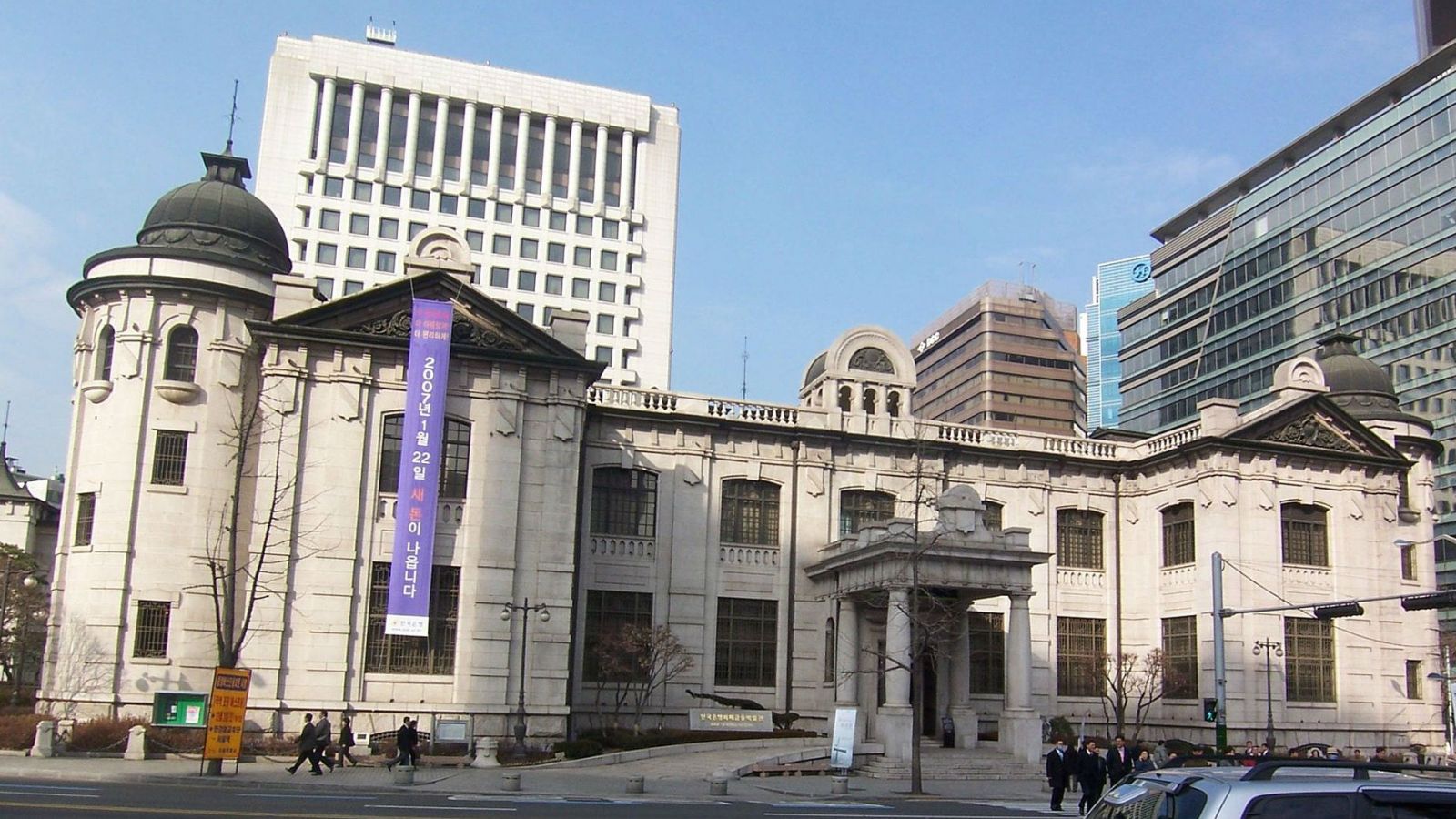Korean Yards Founder, Bank to the Rescue

They are South Korea's "too-big-to-fail" firms - the world's largest shipbuilders that are both a massive economic force and an important national symbol - and the government wants the central bank to fund an unconventional rescue of the sector.
The three biggest shipbuilders - Daewoo Shipbuilding & Marine Engineering, Hyundai Heavy Industries and Samsung Heavy Industries - sustained record losses last year, dragged down by the global commodities plunge and falling trade volumes.
The government wants the central bank to print money to buy bonds in two state banks propping up shipyards as well as shippers - a measure some officials call quantitative easing.
Publicly, the Bank of Korea (BOK) says it is willing to cooperate.
"If (the BOK's) power to print money can be mobilized, there should be understandable reasons and the central bank's monetary loss should be minimized. That's our basic principle," BOK Governor Lee Ju-yeol said earlier this month, according to Yonhap news agency.
But some central bank insiders have concerns about the precedent such a move would set in the way monetary policy is used.
"Our basic stance is that government money should be the entirety of the capital injected into the banks, but we are open to all discussions and cooperation," a senior Bank of Korea official directly involved in the matter said.
If the BOK is forced to inject capital into the two state banks - Korea Development Bank (KDB) and the Export-Import Bank of Korea (KEXIM) - it would ideally be accompanied by government financing, the official said.
As of last year, the two banks had combined exposure of 55 trillion won ($47 billion) in exposure to shipbuilders and shippers including Hanjin Shipping, Korea's largest shipping line.
Under the plan supported by President Park Geun-hye, funds provided by BOK would be used to head off a credit crunch should KDB and KEXIM be left holding the bag if shipbuilders or shipping lines default.
Despite a healthy debt-to-GDP ratio of just 40 percent, the government is reluctant to aid the sector itself by selling more bonds - which would run counter to new Finance Minister Yoo Il-ho's efforts to improve the country's balance sheet - and has set a June 30 deadline to come up with a plan.
Shipbuilding accounts for around 200,000 jobs and was among the industries championed by the current president's father, Park Chung-hee, who ruled South Korea from 1961 until his assassination in 1979.
A symbol of the country's industrial might, it plays a major role in Korean political life and a collapse of the sector would be catastrophic.
Daewoo Shipbuilding is already nearly half-owned by KDB following a bailout in the aftermath of the Asian financial crisis of the late 1990s.
RESTRUCTURE OR BAILOUT?
While the government has packaged the proposed measures as a form of quantitative easing, others see it as simply backing a state bailout.
The BOK's staff union argues it would erode independence, and points to a 1989 move that ordered the central bank to print money to support the stock market, which failed.
Union chairman Kim Young-gean said printing money to indirectly help the shipbuilders and shippers could lead to demands to help other struggling industries, such as steel and chemicals.
"Every time something like this happens the BOK will be asked, 'Why aren't you helping this time?' .... In the end, we'll just have faulty bonds on our hands and the responsibility for that will be dumped on us," he told Reuters.
The central bank by law operates independently of the government but is widely perceived by investors and analysts as subject to government pressure.
Printing money to buy bonds in the two policy banks needs parliament to agree to change the charter at the BOK or the KDB - no easy feat in a legislature where Park's party will no longer hold a majority as of May 30.
Another possibility is for BOK to directly provide KEXIM with cash, which would not need parliamentary approval as the central bank owns 13.1 percent of the bank's capital.
Or it could buy contingent convertible bonds from KDB, debt that also carries the loss-absorbing characteristics of equity.
"I think the government and central bank know what they have to do in keeping the sectors afloat," said Yoo Shin-ik, chief economist at Shinhan Bank's financial research center.
